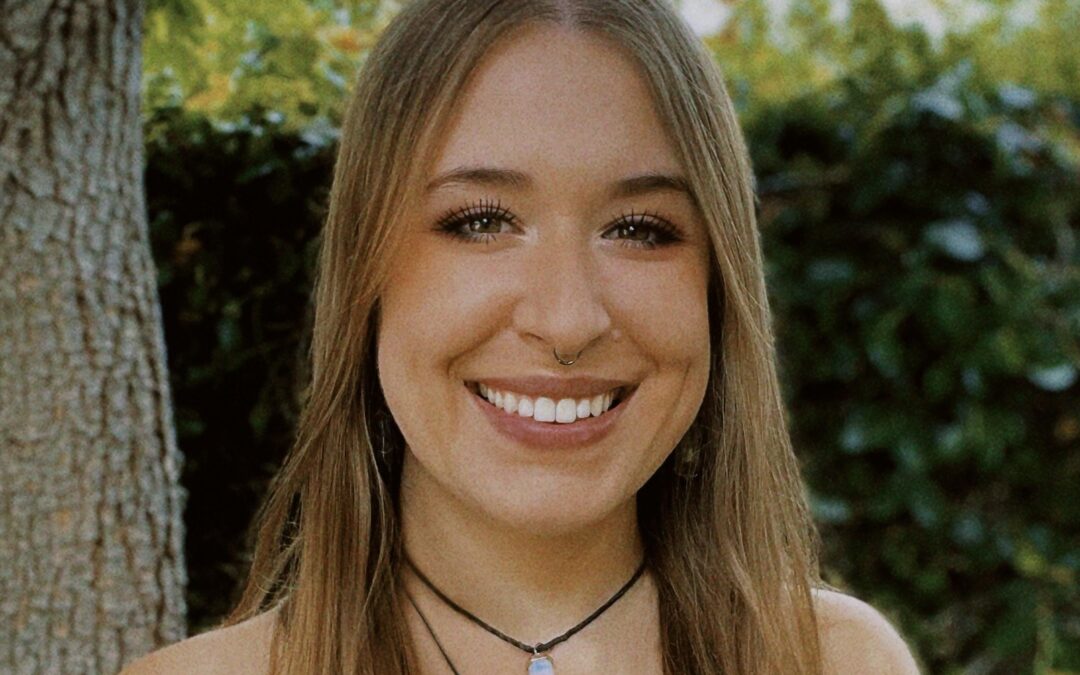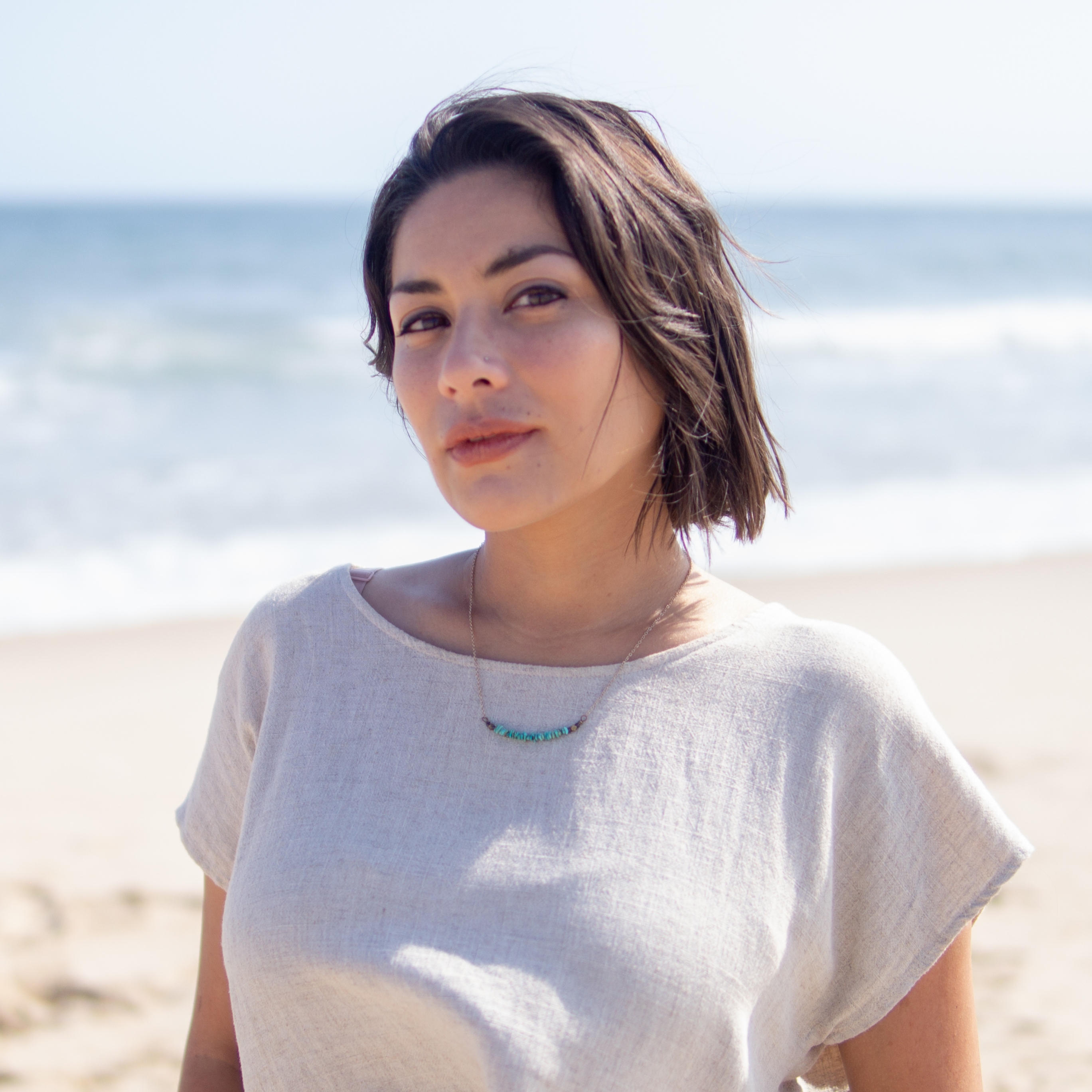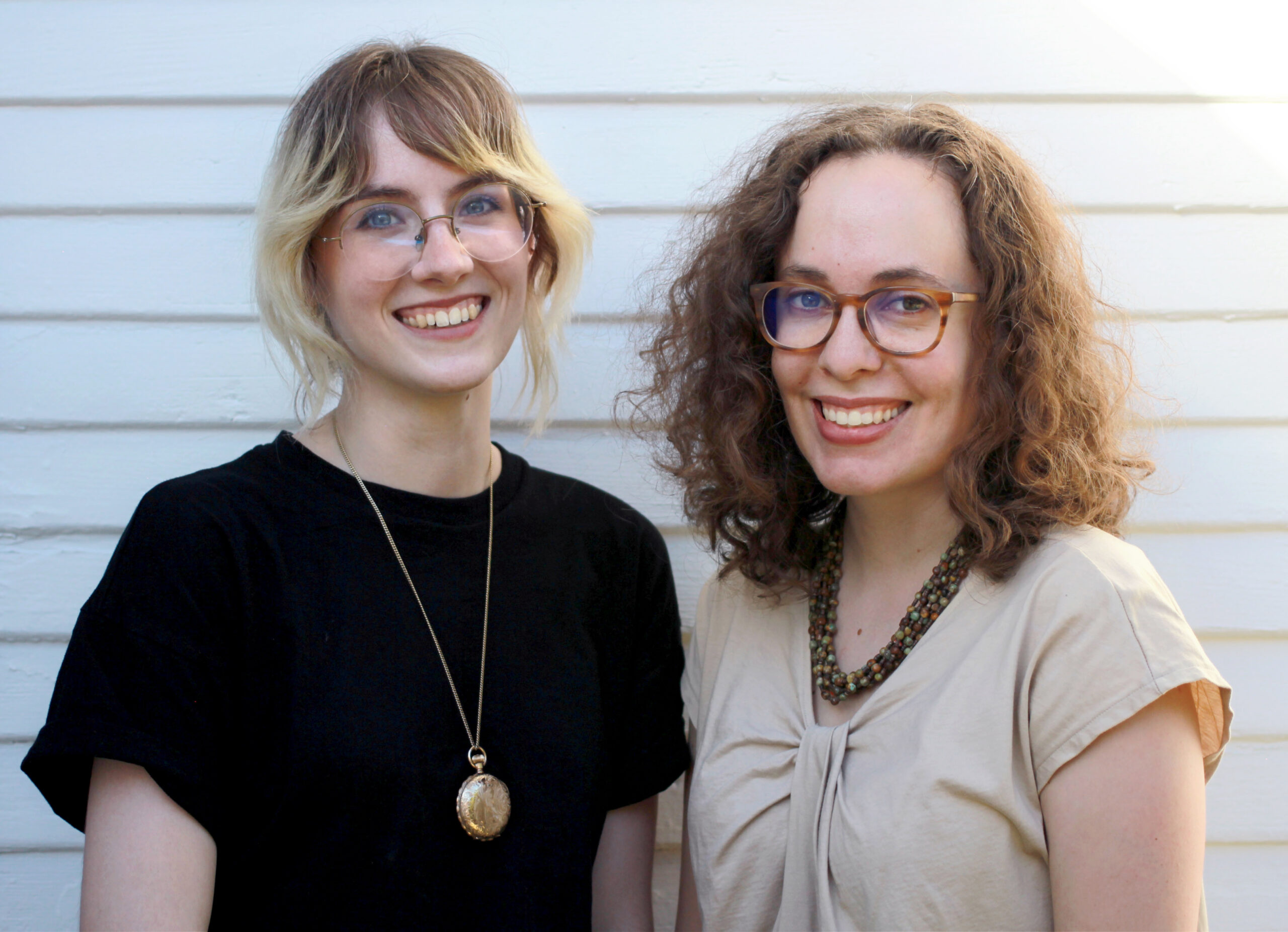
by Michele Kirichanskaya | Jan 1, 2025 | Blog
Racquel Marie grew up in Southern California where her passion for storytelling of all kinds was encouraged by her friends and big family. She received a BA in English with an emphasis in creative writing and a minor in gender and sexuality studies from the University...

by Michele Kirichanskaya | Feb 2, 2024 | Blog
Shannon C.F. Rogers is a multiracial American writer of Filipinx and European descent. Her work has appeared in Bodega Magazine, Newfound Journal, and on stage with Tricklock Company, Lady Luck Productions, and the UNM Words Afire Festival of New Plays. She earned her...

by Michele Kirichanskaya | Aug 30, 2023 | Blog
Meghan Boehman and Rachael Briner grew up together in Maryland where they attended the same elementary school and eventually became best friends. They live in Los Angeles where they work in TV animation designing and painting background art for Warner Bros Animation,...

by Daniel Stalter | Sep 28, 2017 | Blog
Seven years ago, I started working on a comic book with my good friend Reed Olsen. It would go on to become the series Dream Crasher, which we are now self-publishing through Kickstarter. Dream Crasher is a 12-chapter story about a group of children who survive a...





